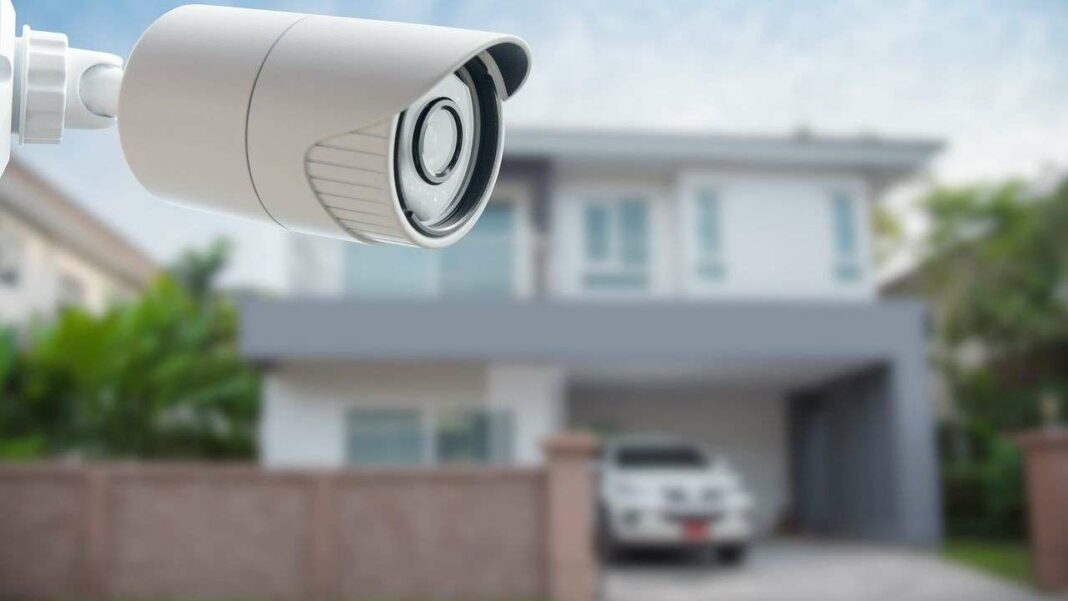In 2023, approximately 217,000 burglaries or attempts were reported, indicating a slight increase from the previous year. Many victims do not report these incidents, complicating the overall understanding of the situation. To enhance security, homeowners are increasingly installing outdoor cameras, following specific regulations that prohibit filming beyond their property. Surveillance systems must be registered, and footage should be deleted after one month unless needed for legal reasons, with clear communication required for those entering monitored areas.
Burglaries in 2023: An Overview
In 2023, the Ministry of the Interior reported approximately 217,000 instances of burglaries or attempted burglaries in residential areas, marking a slight rise from the previous year. Despite a general decline in such incidents since 2016, obtaining a complete understanding of the situation remains challenging, as nearly half of the victims choose not to file a formal complaint, according to data from Insee. To address this ongoing issue, the popularity of alarm systems and private video surveillance has surged in recent years, with many homeowners opting to install cameras to monitor their property’s surroundings. However, outdoor surveillance systems must adhere to specific regulations.
Installation Guidelines for Outdoor Cameras
Property owners typically have the right to install cameras on their premises to monitor outdoor areas, provided they reside at the location. Tenants may also set up surveillance equipment, but they must ensure that it’s removable upon their departure. Additionally, properties under co-ownership can implement video surveillance in shared spaces.
When an individual sets up an outdoor camera, it is crucial that the recorded area is confined strictly to their property. Filming neighboring properties, common areas within a building, or public zones is strictly prohibited. For instance, a homeowner wishing to monitor their gate cannot position their camera to capture the sidewalk. Likewise, observing a vehicle parked on the street or a hallway within the building is not permissible.
If an ideal angle inadvertently includes part of a neighbor’s residence, it is advisable to seek their consent, as they might also appreciate the added security. However, this raises the necessity of informing visitors about the surveillance. It is essential to clearly notify guests or employees, perhaps via signage, that they are entering a monitored area. Furthermore, continuous filming of employees is not allowed; for outdoor tasks, workers should not be under constant observation by surveillance cameras.
Recording Regulations and Compliance
Not all surveillance devices operate continuously; some activate only upon detecting movement or when prompted by the user via a smartphone. This distinction is vital, as the regulations surrounding recordings vary based on the device’s functionality. Devices that record or digitally process images must be registered with the National Commission on Informatics and Liberty (Cnil). Furthermore, any recorded footage must be deleted after one month unless it is required for legal purposes, such as identifying potential burglars.
Intercom systems, commonly positioned to face the street, present a unique case. These devices only record when tenants choose to respond, meaning they do not fall under the category of surveillance cameras, as long as continuous recording does not occur. In 2023, the Minister of the Interior clarified that such devices could capture images without contravening the prohibition on monitoring public areas. To ensure legal compliance, Cnil advises users to thoroughly review the terms of service provided by the installation company, paying special attention to image retention policies and security commitments.
